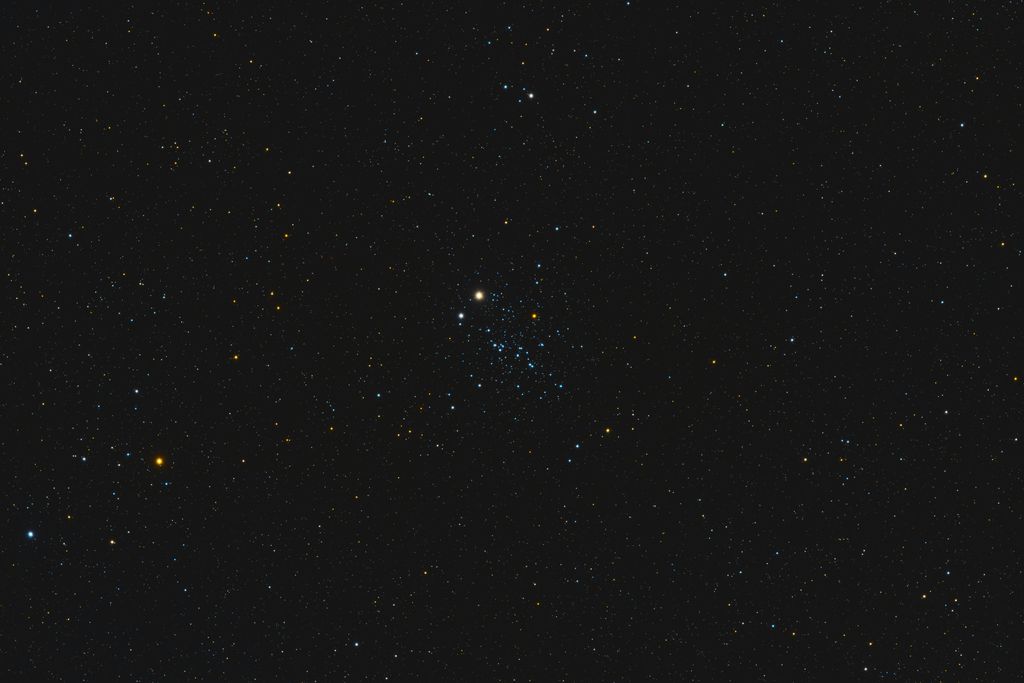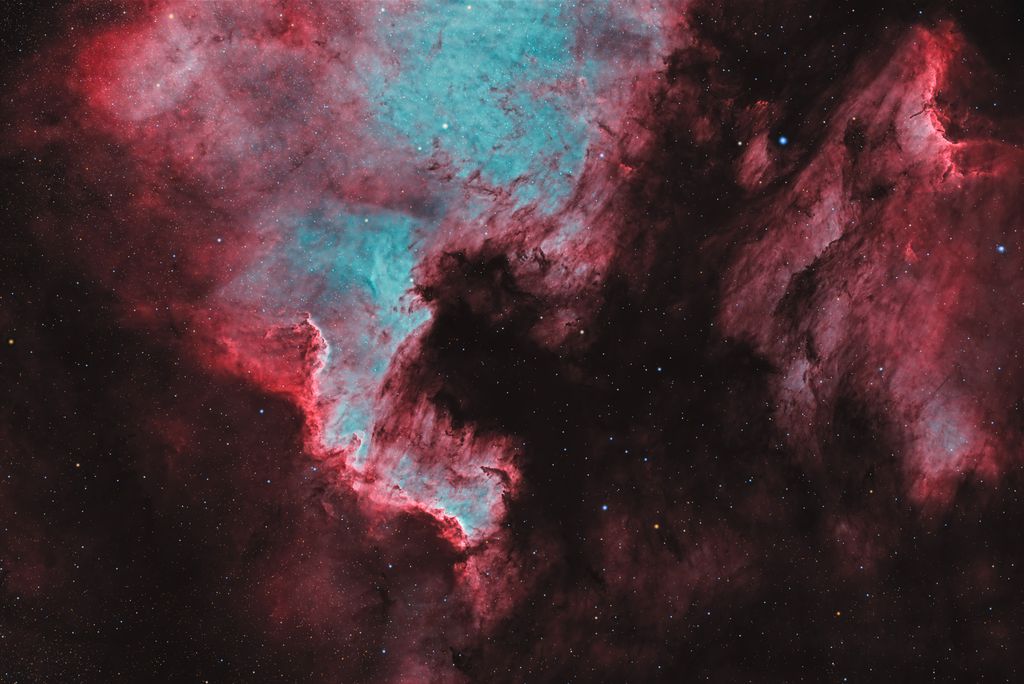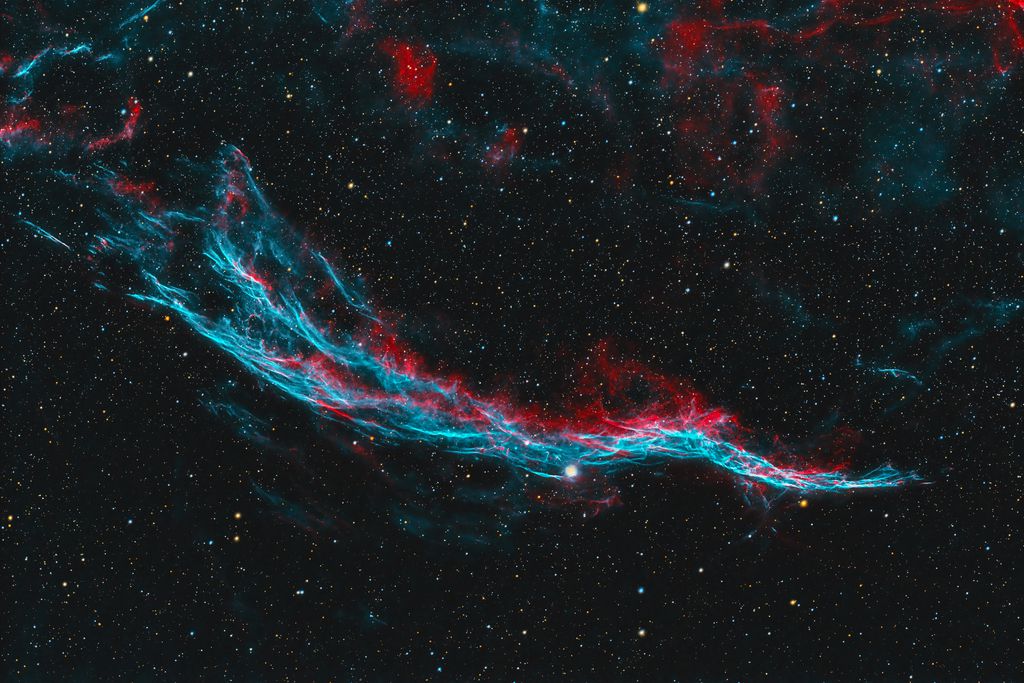Hi,
to give you and everyone else who is in a similar situation my 2 bits.
I moved from a sport with >21 to Vienna with ~18 SQM. That made me stop astrophotography for about 5 years now. But since I am undergoin several changes in my life I also took back controll and won't lightpollution stop me from this amazing hobby.
I got back into the hobby with a ES127mm Triplet and a TS 80mm Triplet and an IMX571 Color with the tightes dual-narrowband that I could find (Altair in this case).
The first tests I made with broadband targets confirms me on the opinion: "just do it!".
Will dark skies be better or easier? Sure... should that stop you from doing it at all?? HELL NO.
Plus... I anyway don't know what I am missing out so I just work with what I have.
Focusing on "distinct" objects like Galaxies or Star Clusters is indeed helpfull compared to intricate and frame-filling IFN or reflection nebulae.
Also so far I never had issues with gradients that all the established gradient removal tools couldnt handel.
My absoult favourite Toolbox (incl. gradient removal) is the one form SETI-Astro!
Regarding sub-exposure time...
just pick what feels right and try around. Somewhere between 30 and 120" should be right.
I personally don't count too much an alle these calculation tools and "rules" that everyone just keeps repeating. Find your own flow by trying around, thats the beauty of the hobby, isnt it?And if you don't have a
proper setup (guiding, collimation, polar align,...) and dont know
how to process your images, no dark skies nore optimized "blabla" will make you take great images...
Regarding broadband the very first tests I made were these two:
M81/82 with only 4 hours a 120" (far form done collecting data)
And yes I know that there is beautiful IFN in the background that I might or might not bring out with more data, but that is just even more of a fun challenge :-)
https://www.astrobin.com/ewfkuv/C/M13 with only 30min a 30".
https://www.astrobin.com/hr0vru/D/In generall star clusters are a real fun to image also from light polluted skies!
Like this work in progress (1.5h) ET-Cluster:

The absolute cheat code though is narrowband! So much so, that I just ordered an imx571 Mono and SHO filters. Due to these initial results with the imx571 Color and Dual-Narrowband Filters:
I am still in the process of collecting data, so I cant share links to those narrwoband results but here a sneak preview on the results with imx571C and Dual-Narrowband:
80mm 7h of Ha/Oiii 120sec subs

127mm 4h of Ha/Oiii 120sec subs

Are they IOTD-Material? Maybe not. Is it fun and do I like them? Yep best decision ever to go back into the hobby nomatter the light-pollution ❤️
Clear Skies
Robert
PS:
and of coures Sun and Lunar works just perfectly fine as well




